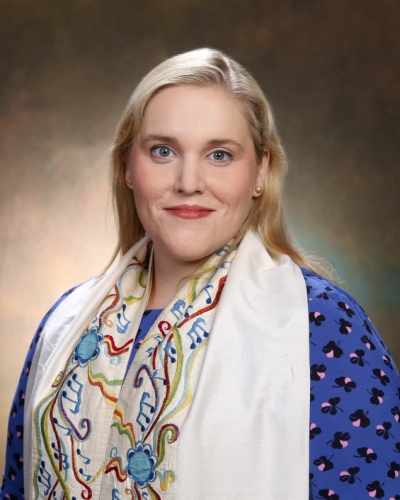You are in your car. That song from the summer of your senior year comes on the radio. What happens? Do you rock out? Do you sit back in your chair at the red light and sigh a little? What’s the sigh about? Is it because you remember what it felt like to be young and invincible? Is it because you miss your best friend from those days? Is it because your skin warms with the memory of what the sun felt like on your skin? Is it because you remember dancing at your wedding to that song – the one you told the band they HAD to play? And that feeling flits from your head in an instant and you are back in your car, back at the red light.
This is “accidental intertextuality”.
We make near instantaneous mental leaps that connect us to what we experience in the present and what we’ve experienced in the past. All day long, we encounter triggers that cause us to experience some sort of personal – and accidental – intertextuality. Think about reading a book and getting stuck on a word and then thinking about another book or a painting – or your grandmother and a conversation that you had with her decades ago that is somehow related.
The artist, the musician, the author didn’t know your grandmother or your high school best friend. She didn’t know what it was like for you to spend summers on the lake when she wrote her book about a young woman living in the city trying to make a living. The author didn’t know that when she wrote her words, you would read them sitting in your favorite chair and suddenly be transported to your very own, very real past. The connections you make between your experiences, your memories, and the art that you consume is absolutely unique to you. (To be perfectly clear, there are other types of intertextuality that the author, musician, etc. absolutely intends. For instance, the brief Pirates of Penzance quote in Hamilton. That’s there to purposefully create a depth of experience for listeners who are familiar with the line. We can talk more about that another time)…
This is why we read Torah over and over again. This is why we pray the same words over and over again. Torah and liturgy are art meant to be experienced over and over again so that we can peel away layers of possibility based on who we are at the moment we read or pray or sing or study.
We are different one week to the next. Each moment of our lives is like another grain of sand piling on to our own personal mountain of who we are. This is why we are unique. This is why what we each bring is so critical: no one is like you. Your perspective is 100% unique. Your contribution is invaluable. Your experience of the world is yours and yours alone.
When you pray, open yourself to what pieces of yourself: your history, the things you’ve read, the things you’ve heard, or danced to – might bubble to the surface. What might you learn about yourself? What might you learn about the world? What might you learn about who you might yet become? Be open to the “accidents” that will show you the beautiful gift that is your life.




